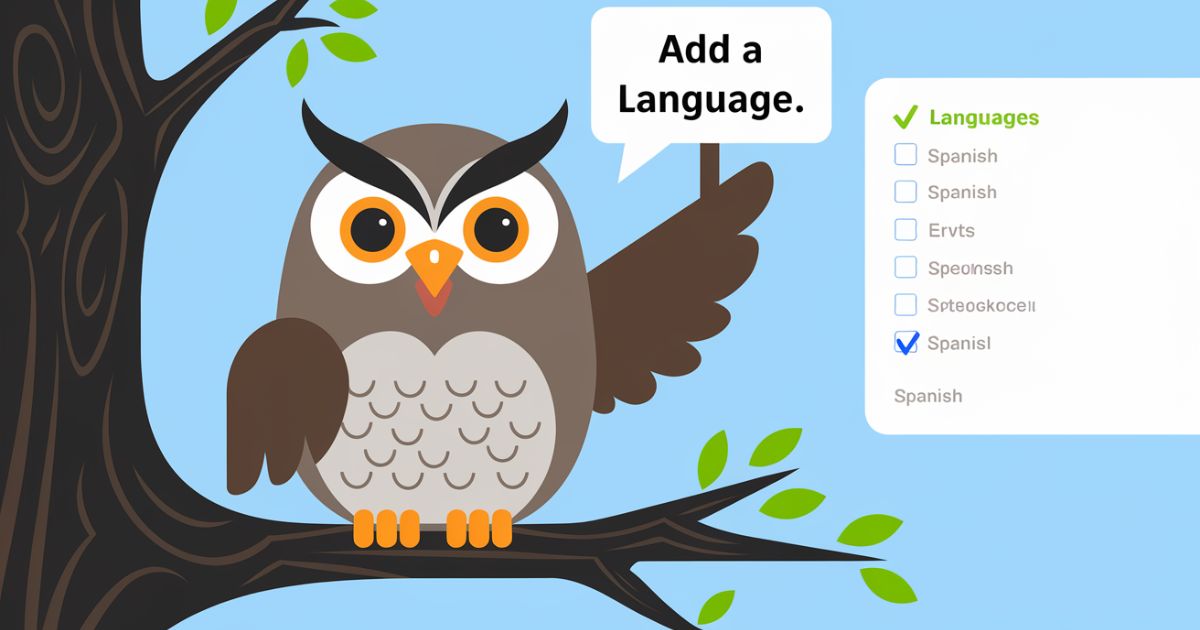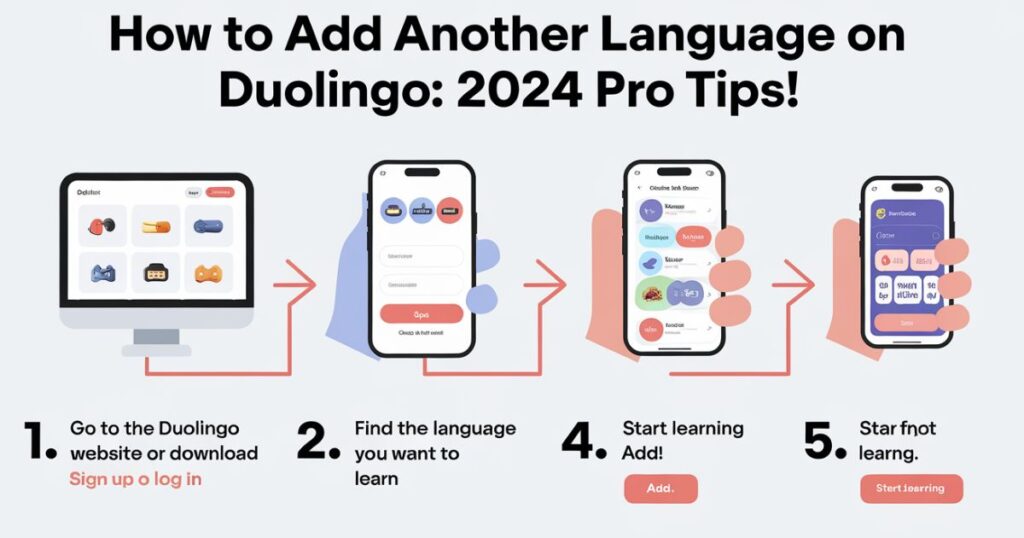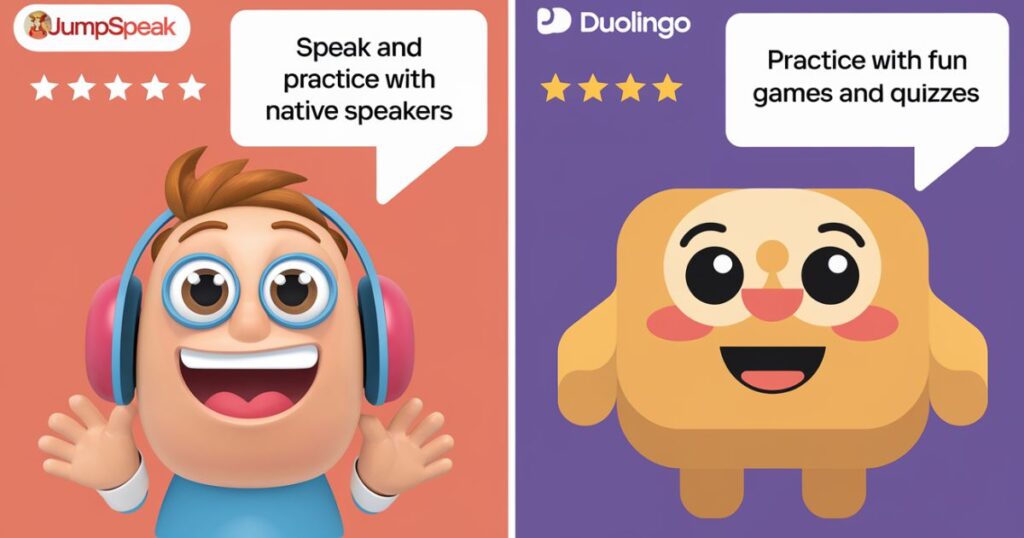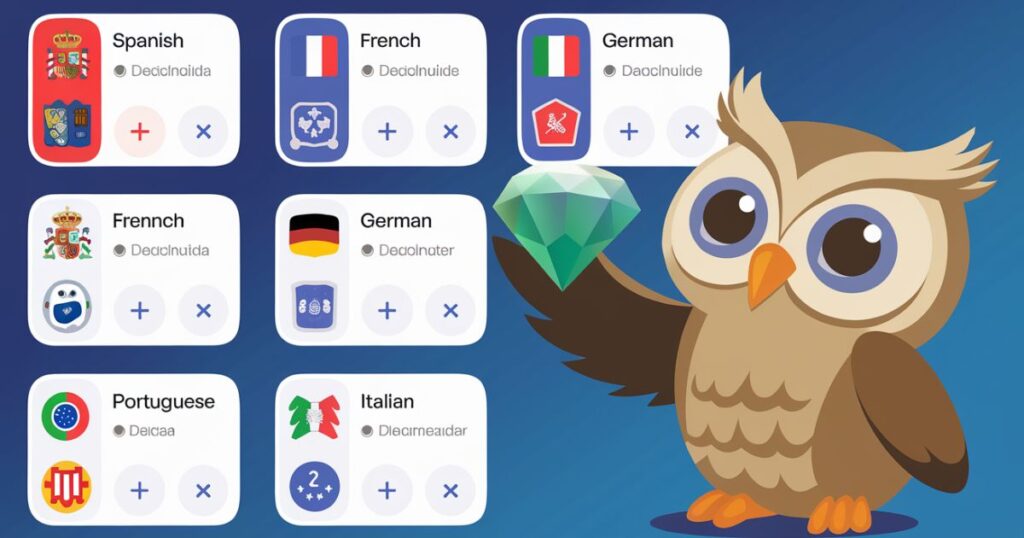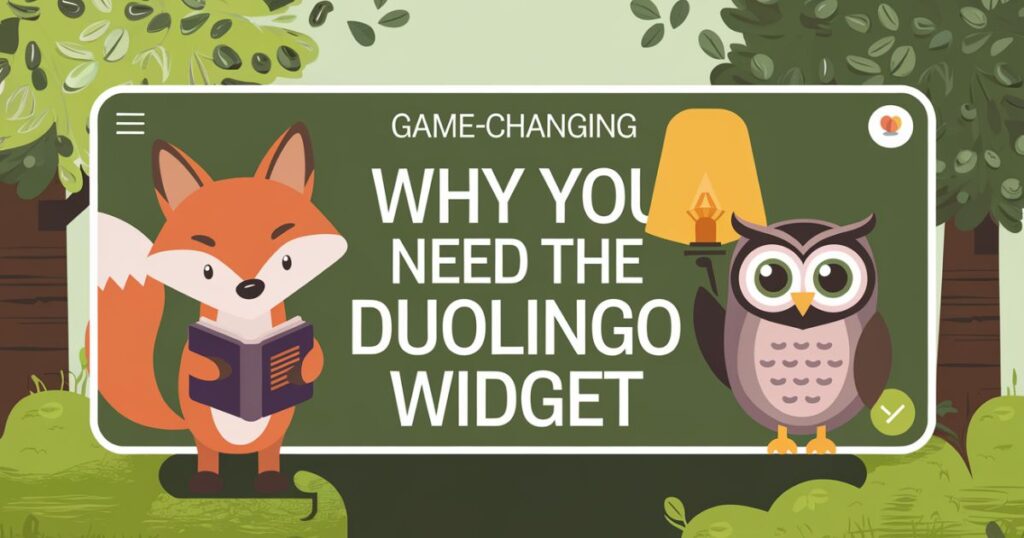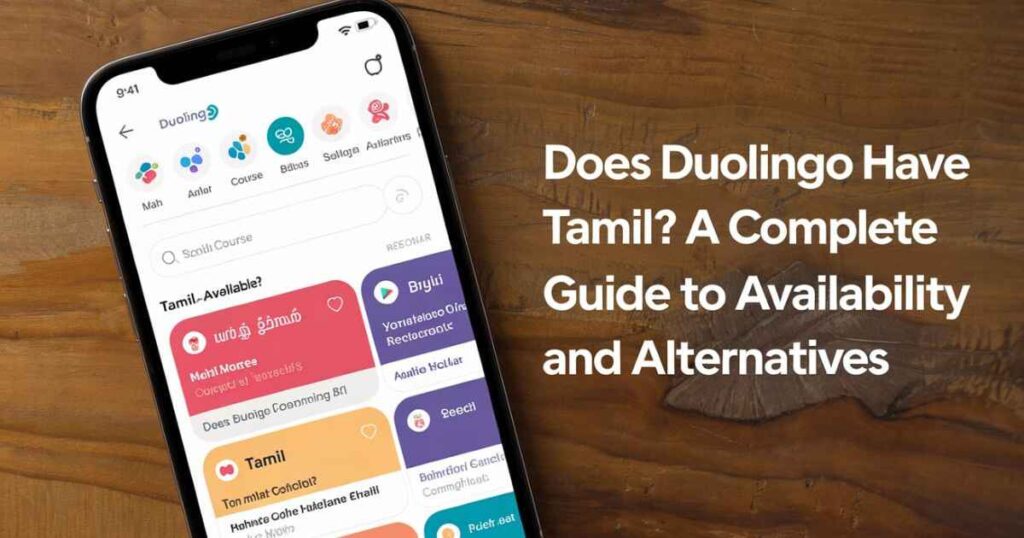In today’s interconnected world, the ability to speak multiple languages has become more valuable than ever. Duolingo, the revolutionary language learning platform, has transformed the way millions approach multilingualism.
This comprehensive guide will walk you through everything you need to know about becoming a successful polyglot using Duolingo’s innovative tools and techniques.
The Evolution of Duolingo’s Language Portfolio
Since its inception, Duolingo has grown from a simple language learning app into a sophisticated educational ecosystem. The platform now boasts an impressive array of over 40 languages, catering to diverse learning needs and interests.
From commonly studied languages like Spanish, French, and German to unique offerings such as Navajo, Klingon, and High Valyrian, Duolingo has something for everyone.
The platform’s success lies in its ability to make language learning accessible and engaging through gamified learning. What sets Duolingo apart is its sophisticated algorithm that adapts to each learner’s pace and style, creating a truly personalized learning experience.
The platform’s community-driven model ensures that courses are constantly improved through user feedback and contributions from language experts.
Understanding the difficulty levels of different languages can help you set realistic expectations and goals. Here’s a detailed breakdown of language categories by difficulty level for English speakers:
| Difficulty Level | Languages | Estimated Time to Basic Fluency | Key Challenges |
| Easiest | Spanish, French, Italian, Portuguese | 24-30 weeks | Similar alphabet, familiar vocabulary |
| Intermediate | German, Dutch, Swedish | 30-36 weeks | Different word order, compound words |
| Challenging | Russian, Japanese, Korean | 44 weeks | New writing systems, different grammar |
| Most Difficult | Chinese, Arabic, Vietnamese | 88+ weeks | Tonal systems, complex writing |
The Science Behind Learning Multiple Languages
The cognitive benefits of multilingualism extend far beyond the ability to communicate in different languages. Recent neuroscientific research has revealed fascinating insights into how language learning reshapes our brains.
When you engage in learning multiple languages, your brain develops enhanced neural networks that contribute to improved cognitive function across various domains.
Studies conducted at leading research institutions have shown that multilingual individuals demonstrate superior performance in:
Executive Function: Multilinguals show enhanced ability to switch between tasks and filter out irrelevant information. This improved cognitive flexibility translates to better performance in problem-solving scenarios and creative thinking tasks.
Memory Systems: Learning multiple languages strengthens both short-term and long-term memory systems. The constant practice of recalling words and grammatical structures in different languages exercises the brain’s memory circuits, leading to improved retention across all areas of learning.
Cultural Intelligence: Beyond the purely cognitive benefits, exposure to multiple languages naturally leads to enhanced cultural understanding. This cultural awareness is increasingly valuable in our globalized world, particularly in professional settings where cross-cultural communication is essential.
More Post: What Kind of Spanish Does Duolingo Teach ?: A Complete Guide
Strategic Language Selection on Duolingo

The key to successful multilingual learning lies in choosing the right combination of languages and approaching them strategically. Your choice of languages should align with both your personal goals and the natural relationships between different language families.
When selecting languages to study simultaneously, consider these factors:
Language Family Relationships: Languages that share common roots often have similar vocabulary and grammatical structures. For instance, if you’re learning Spanish, adding Italian or Portuguese can create beneficial synergies. The Romance language family shares many cognates and grammatical patterns, making concurrent learning more efficient.
Practical Applications: Consider how you’ll use each language in real-world situations. Are you learning for career opportunities, travel experiences, or personal enrichment? Your motivation and practical needs should guide your language selection.
Time Investment: Be realistic about the time you can dedicate to language learning. Different languages require varying levels of commitment to reach basic competency. Starting with a Category I language like Spanish or French can help build confidence before tackling more challenging languages.
More Post: Is Super Duolingo Worth It? In-Depth Analysis and Evaluation
Platform Navigation & Management
Duolingo’s user-friendly interface has been carefully designed to make language learning accessible across both web-based platform and mobile app formats. Understanding how to effectively navigate these platforms can significantly enhance your learning experience.
The desktop version offers comprehensive features ideal for focused study sessions. You’ll find detailed progress analytics, extended practice options, and access to the full range of learning tools. The discussion forums provide valuable opportunities to connect with other learners and native speakers.
The mobile app experience, available on both iOS and Android, is optimized for learning on the go. Quick practice sessions, offline lessons, and audio-focused exercises make it perfect for maintaining your daily streak during busy days.
Building an Effective Multi-Language Study Schedule
The key to mastering multiple languages lies in creating a sustainable and effective study routine. Research in language acquisition shows that consistent, structured practice yields better results than sporadic intensive study sessions. Let’s explore how to build a schedule that maximizes your learning potential.
The most effective learners typically follow a structured approach that balances different aspects of language learning throughout the day. Here’s a detailed breakdown of an optimal study schedule:
Morning Study Block (30-45 minutes): Start your day with your most challenging language when your mind is fresh. Begin with a quick review of previous material to warm up your brain, then tackle new concepts. The morning hours are ideal for grammar-heavy lessons and vocabulary acquisition, as your cognitive functions are at their peak.
Afternoon Practice (15-20 minutes): Use lunch breaks or afternoon downtime for quick practice sessions in your secondary languages. This is perfect for story exercises, listening practice, or reviewing vocabulary. The interactive lessons on Duolingo are specifically designed for these shorter study periods.
Evening Review (20-30 minutes): Dedicate evening hours to consolidating what you’ve learned throughout the day. Focus on:
- Reviewing challenging concepts
- Completing practice exercises
- Engaging with the Duolingo community
- Planning the next day’s lessons
Advanced Learning Techniques for Multiple Languages
Moving beyond basic lessons, Duolingo offers several advanced features that can accelerate your progress toward language fluency. Understanding how to leverage these tools effectively can significantly impact your learning journey.
Stories Feature: Duolingo’s Stories provide contextual learning through interactive narratives. These stories are carefully crafted to include:
- Natural dialogue patterns
- Cultural context
- Graduated difficulty levels
- Interactive comprehension checks
When working with multiple languages, try completing the same story type in different languages to understand how narrative structures vary across cultures.
Audio Lessons and Podcasts: The platform’s audio content helps develop crucial listening skills. Make use of:
- Slow-speed recordings for beginners
- Natural-speed conversations for advanced learners
- Real-world scenarios and dialogues
- Cultural insights and explanations
Progress Measurement & Achieving Milestones
Understanding your progress through the CEFR framework helps track your journey toward true fluency. Duolingo’s crown system roughly correlates with CEFR levels, providing a clear path for advancement.
Here’s a detailed breakdown of what you can expect at each level:
A1 (Beginner):
- Can understand and use basic phrases
- Able to introduce yourself and others
- Can ask and answer questions about personal details
- Typical Duolingo Crown Level: 1-10
A2 (Elementary):
- Can communicate in simple, routine tasks
- Able to describe aspects of background and environment
- Can handle basic social interactions
- Typical Duolingo Crown Level: 11-20
B1 (Intermediate):
- Can deal with most travel situations
- Able to produce simple connected text
- Can describe experiences and events
- Typical Duolingo Crown Level: 21-40
B2 (Upper Intermediate):
- Can interact with native speakers fluently
- Able to produce clear, detailed text
- Can explain viewpoints on topical issues
- Typical Duolingo Crown Level: 41-60
Beyond the Basics: Advanced Integration Techniques
To truly master multiple languages, integrate your Duolingo learning with real-world applications:
Professional Integration:
- Join international professional networks
- Participate in language-specific LinkedIn groups
- Read industry news in your target languages
- Attend multilingual webinars and conferences
Cultural Immersion: Even without traveling, you can create an immersive environment:
- Change your device language settings
- Watch movies and TV shows in target languages
- Listen to music and podcasts
- Follow social media accounts in different languages
Looking Ahead: The Future of Language Learning
As technology continues to evolve, Duolingo regularly updates its platform with new features and learning methodologies. Recent innovations include:
- AI-powered pronunciation feedback
- Adaptive learning algorithms
- Virtual reality conversation practice
- Enhanced cultural content integration
The platform’s commitment to gamified learning and continuous improvement ensures that learners stay engaged while making measurable progress toward their language goals.
Remember, becoming a polyglot is a journey that requires patience, dedication, and strategic planning. By following this comprehensive guide and maintaining consistent practice, you’ll be well on your way to mastering multiple languages through Duolingo’s innovative platform.
FAQ’s About Languages on Duolingo
Can you add another language to Duolingo?
Yes! You can add multiple languages to your Duolingo profile. Simply tap the flag icon, select “Add Course,” and choose from over 40 available languages.
How to get a language added to Duolingo?
Duolingo considers community requests through their language incubator program. Submit suggestions through their official website, where language experts and volunteers collaborate on course development.
How do you add or remove languages on Duolingo?
To add: Tap the flag icon and select “Add Course.” To remove: Go to Settings, select “Manage Courses,” and click the delete icon beside unwanted languages.
Will Duolingo add new languages in 2024?
Duolingo plans to release Zulu, Xhosa, and Tagalog courses in 2024. The platform continually develops new languages based on user demand and resource availability.
In Conclusion
Mastering multiple languages on Duolingo isn’t just about completing lessons – it’s a journey of personal growth and cultural enrichment. By following the strategies outlined in this guide, you’ll be well-equipped to tackle multiple languages efficiently using Duolingo’s powerful gamified learning platform. Remember, successful language acquisition comes from consistent practice, smart scheduling, and engaging with the vibrant community-driven model. Whether you’re aiming for professional development, travel readiness, or personal enrichment, Duolingo provides the tools and structure needed to achieve your multilingual goals. Start your polyglot journey today, and unlock a world of new opportunities through language learning.
Visit For More Blog’s: Duolingoabout

Welcome to DuolingoAbout.com! Your go-to hub for expert tips, tricks, and guides to mastering Duolingo. Simplify your language-learning journey with curated content designed for learners at all levels.
